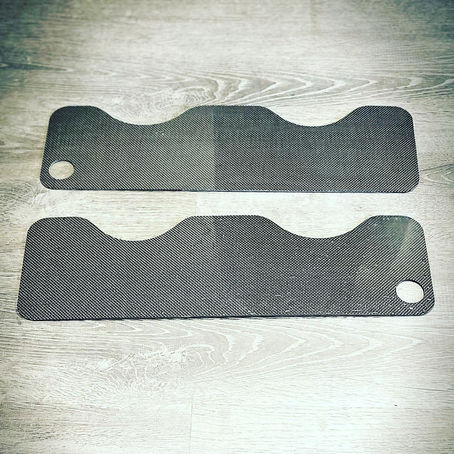
Waterjet Cutting - The Process and Its Benefits
Waterjet cutting is an industrial process that uses a high-pressure stream of water to cut various materials. The process is fairly simple - a pressurized stream of water is passed through a small nozzle which cuts through the material.
The benefits of waterjet cutting are many. One of the main advantages is that it can be used to cut virtually any material, including metals, stone, glass, and plastics. Waterjet cutting is also clean and safe, as there is no heat or dust generated during the process. In addition, waterjet cutting is very precise and can be used to create detailed or intricate designs. Finally, waterjet cutters are relatively inexpensive and easy to operate, making them a popular choice for small businesses or hobbyists.
The History of Waterjet Cutting
Waterjet cutting has been around for centuries, with early examples dating back to the Middle Ages. However, it was not until the late 19th century that the process began to be used industrially. One of the first recorded instances of industrial waterjet cutting was in 1892, when French engineer Henri de Troyes used a pressurized stream of water to cut metal pipes. Troyes' machine was powered by a steam engine and consisted of a simple nozzle attached to a high-pressure hose. Since then, waterjet technology has evolved rapidly. In the early 20th century, scientists in both Germany and Russia began experimenting with using abrasives in the water stream to improve its cutting ability. This led to the development of abrasive waterjet (AWJ) machines in the 1950s. Today, waterjet machines are more powerful and precise than ever before. They are commonly used in a variety of industries, including automotive manufacturing, aerospace engineering, and stone fabrication.
Waterjet cutting is an essential process for many industries today. The technology has come a long way since its humble beginnings in the 19th century, and it shows no signs of slowing down. Thanks to its many benefits - including precision, versatility, and safety - waterjet cutting is here to stay.
